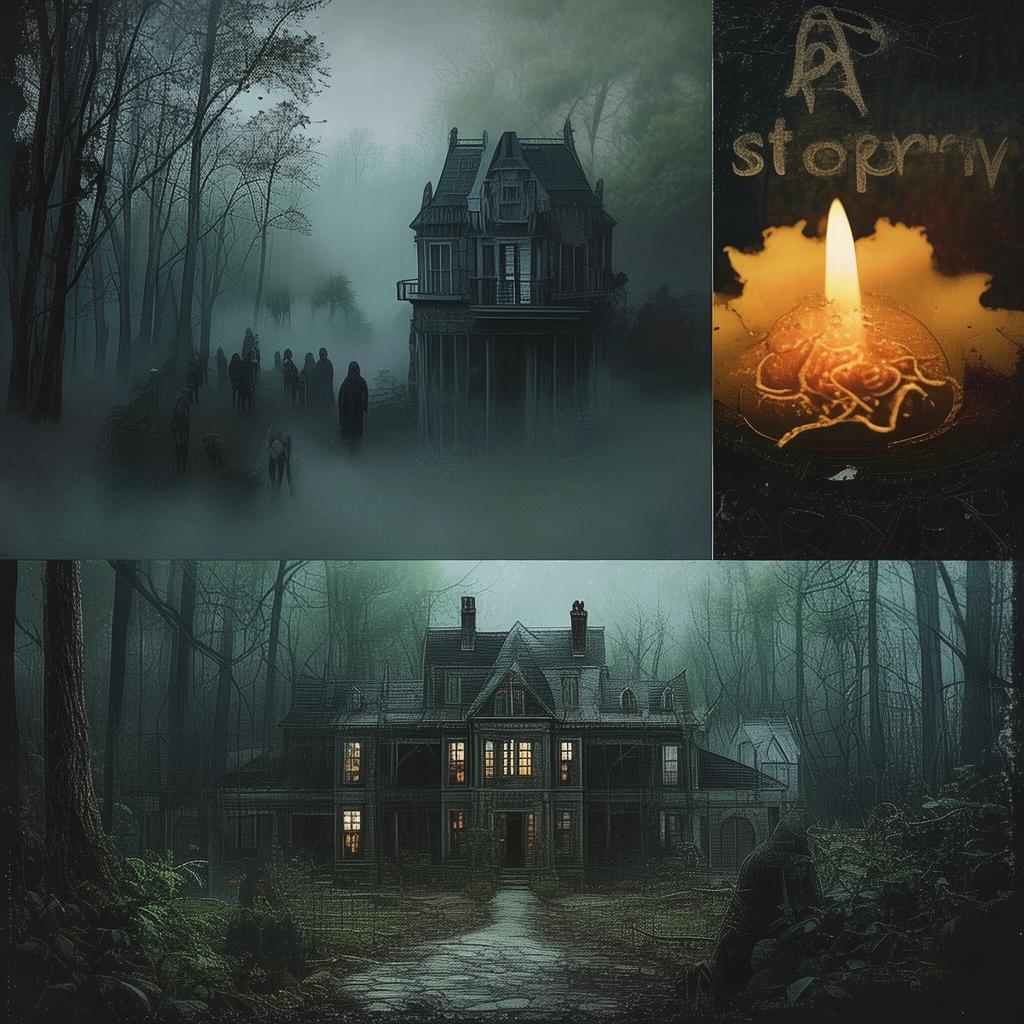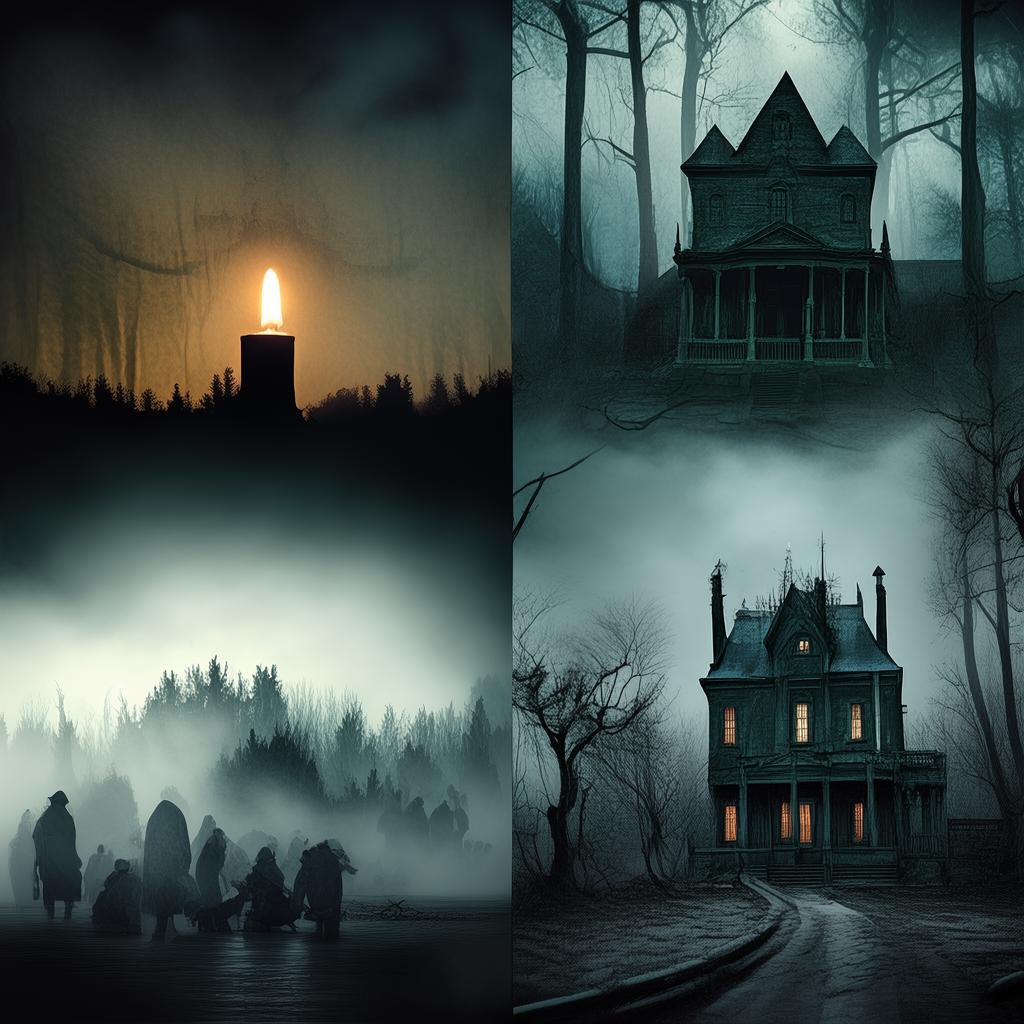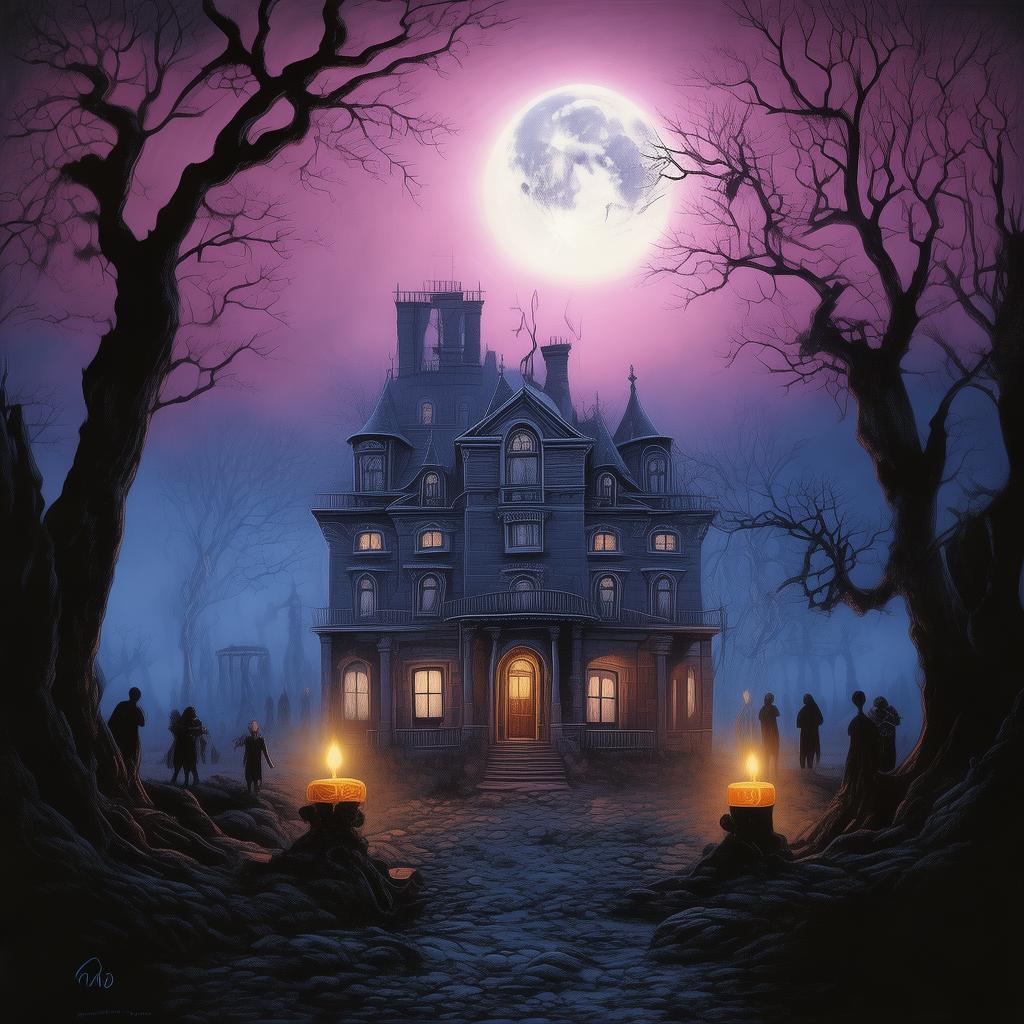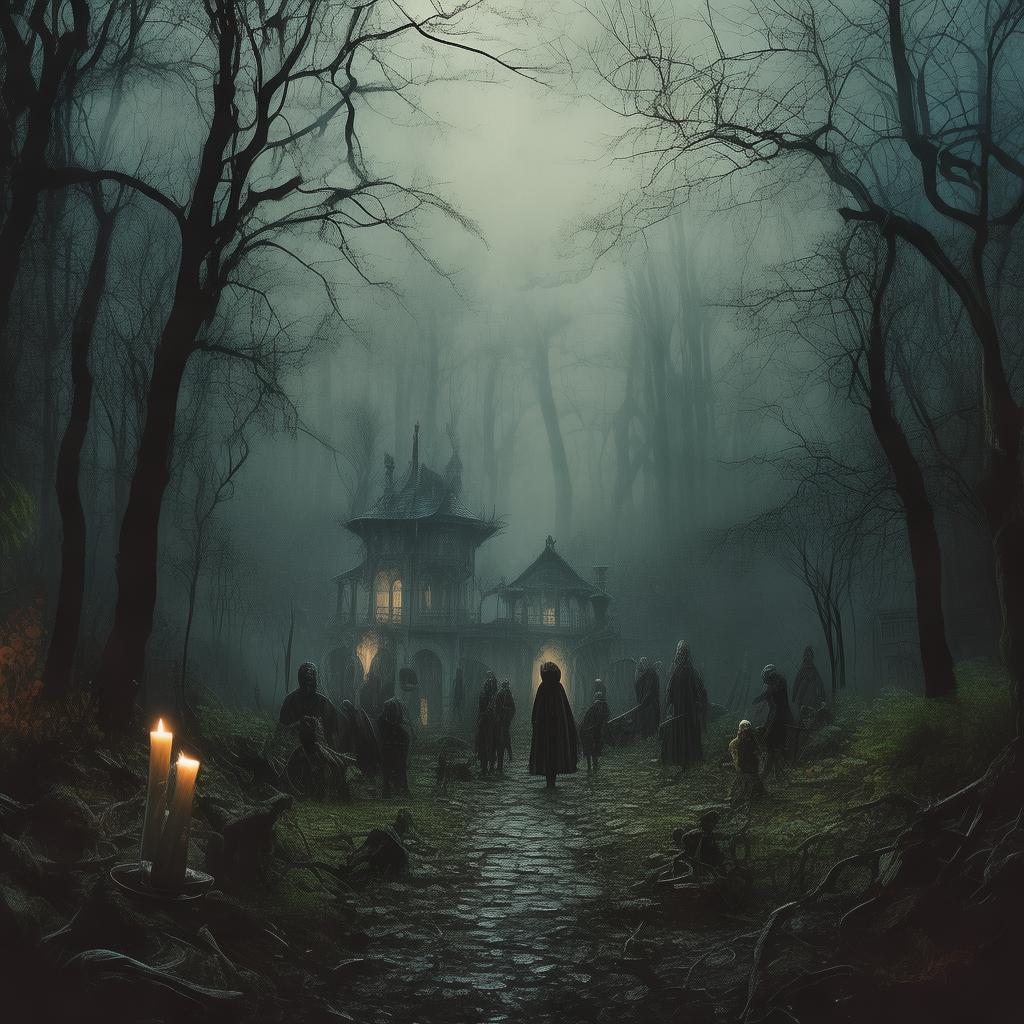Whispers of the Forsaken: The Haunting Symphony of Hong Kong
The sun dipped below the horizon, casting an eerie glow over the abandoned streets of Hong Kong. The air was thick with the scent of decay, a reminder of the world that had once thrived here. Among the ruins, a solitary figure trudged through the debris, their silhouette barely visible against the backdrop of the city's collapse.
His name was Kian, a survivor who had managed to eke out an existence in the haunted wastelands. His days were filled with the constant threat of foraging for food, scavenging for supplies, and avoiding the wandering bands of the forsaken. His nights, however, were a different matter altogether.
As Kian made his way through the remnants of a once-grand building, the sound of a faint melody reached his ears. It was a haunting tune, one that seemed to echo from the very bones of the city itself. Intrigued, he followed the sound, his footsteps muffled by the crunch of broken concrete and shattered glass.
The melody grew louder, more insistent, as if it were trying to pull him deeper into its embrace. Kian found himself at the edge of a once-grand concert hall, now a hollowed-out shell of its former glory. The sound seemed to emanate from the grand piano that stood in the center of the room, its keys weathered and unplayable.
With a deep breath, Kian approached the piano. The melody seemed to vibrate through the air, as if the instrument itself were alive. He reached out to touch the keys, and as his fingers brushed against them, the sound of the melody grew even louder, filling the concert hall with a haunting symphony.
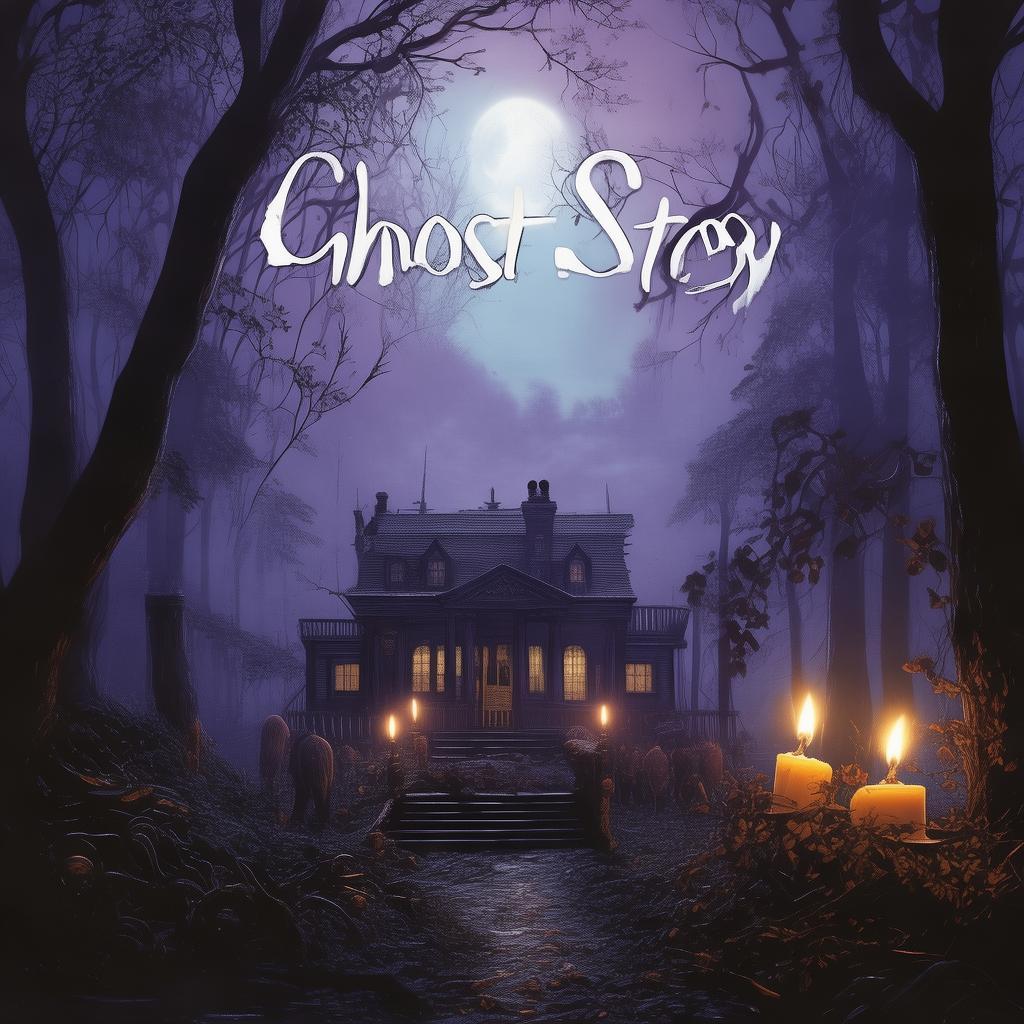
Suddenly, the piano began to play of its own accord, the notes resonating through the empty space. Kian watched in awe as the piano seemed to move, the legs of the instrument shifting slightly as if responding to the music. The melody was haunting, beautiful, and terrifying all at once.
As the music reached its crescendo, Kian felt a strange sensation wash over him. It was as if the music were not just a sound, but a force, a presence that had been waiting for someone to unlock its secrets. He looked around the concert hall, searching for the source of the melody, and that's when he saw it.
Beneath the piano, partially concealed by a tattered curtain, was a small, ornate box. Kian approached it cautiously, his heart pounding with anticipation. He opened the box to reveal a collection of old photographs and a small, worn-out journal.
The photographs depicted a family, once a part of the concert hall, now long gone. The journal, filled with entries from a woman named Eliza, spoke of her love for her family and her passion for music. It was clear that Eliza had been a pianist, and the melody she had created was her final testament.
As Kian read through the journal, the music continued to play, a haunting reminder of the past. He realized that the melody was a beacon, a message from the forsaken, a call to action. It was a reminder that even in the darkest of times, there was hope.
Determined to uncover the full story of Eliza and her family, Kian set out on a journey to find those who had survived. The melody became his guide, a haunting symphony that led him through the wastelands and into the hearts of the forsaken.
As he journeyed, Kian discovered that the forsaken were not all monsters, that they too had stories, hopes, and dreams. The melody had not only brought him to them but had also brought them together, a shared bond forged by the haunting symphony of Hong Kong.
In the end, Kian learned that the true power of the melody was not in its beauty or its haunting quality, but in its ability to bring people together, to remind them of the humanity that still existed in the world. And as the haunting symphony continued to play, it became a symbol of hope, a reminder that even in the most forsaken places, there was always a chance for a new beginning.
The city of Hong Kong, once a beacon of modernity and prosperity, now lay in ruins. The post-apocalyptic wastelands were home to the forsaken, a group of survivors who had been pushed to the brink of madness by the harsh realities of their new world. Among them was Kian, a man who had managed to survive by his wits and sheer determination.
One evening, as Kian made his way through the ruins, the sound of a melody reached his ears. It was a haunting tune, one that seemed to echo from the very bones of the city itself. Intrigued, he followed the sound, his footsteps muffled by the crunch of broken concrete and shattered glass.
The melody grew louder, more insistent, as if it were trying to pull him deeper into its embrace. Kian found himself at the edge of a once-grand concert hall, now a hollowed-out shell of its former glory. The sound seemed to emanate from the grand piano that stood in the center of the room, its keys weathered and unplayable.
With a deep breath, Kian approached the piano. The melody seemed to vibrate through the air, as if the instrument itself were alive. He reached out to touch the keys, and as his fingers brushed against them, the sound of the melody grew even louder, filling the concert hall with a haunting symphony.
Suddenly, the piano began to play of its own accord, the notes resonating through the empty space. Kian watched in awe as the piano seemed to move, the legs of the instrument shifting slightly as if responding to the music. The melody was haunting, beautiful, and terrifying all at once.
As the music reached its crescendo, Kian felt a strange sensation wash over him. It was as if the music were not just a sound, but a force, a presence that had been waiting for someone to unlock its secrets. He looked around the concert hall, searching for the source of the melody, and that's when he saw it.
Beneath the piano, partially concealed by a tattered curtain, was a small, ornate box. Kian approached it cautiously, his heart pounding with anticipation. He opened the box to reveal a collection of old photographs and a small, worn-out journal.
The photographs depicted a family, once a part of the concert hall, now long gone. The journal, filled with entries from a woman named Eliza, spoke of her love for her family and her passion for music. It was clear that Eliza had been a pianist, and the melody she had created was her final testament.
As Kian read through the journal, the music continued to play, a haunting reminder of the past. He realized that the melody was a beacon, a message from the forsaken, a call to action. It was a reminder that even in the darkest of times, there was hope.
Determined to uncover the full story of Eliza and her family, Kian set out on a journey to find those who had survived. The melody became his guide, a haunting symphony that led him through the wastelands and into the hearts of the forsaken.
As he journeyed, Kian discovered that the forsaken were not all monsters, that they too had stories, hopes, and dreams. The melody had not only brought him to them but had also brought them together, a shared bond forged by the haunting symphony of Hong Kong.
In the end, Kian learned that the true power of the melody was not in its beauty or its haunting quality, but in its ability to bring people together, to remind them of the humanity that still existed in the world. And as the haunting symphony continued to play, it became a symbol of hope, a reminder that even in the most forsaken places, there was always a chance for a new beginning.
✨ Original Statement ✨
All articles published on this website (including but not limited to text, images, videos, and other content) are original or authorized for reposting and are protected by relevant laws. Without the explicit written permission of this website, no individual or organization may copy, modify, repost, or use the content for commercial purposes.
If you need to quote or cooperate, please contact this site for authorization. We reserve the right to pursue legal responsibility for any unauthorized use.
Hereby declared.


